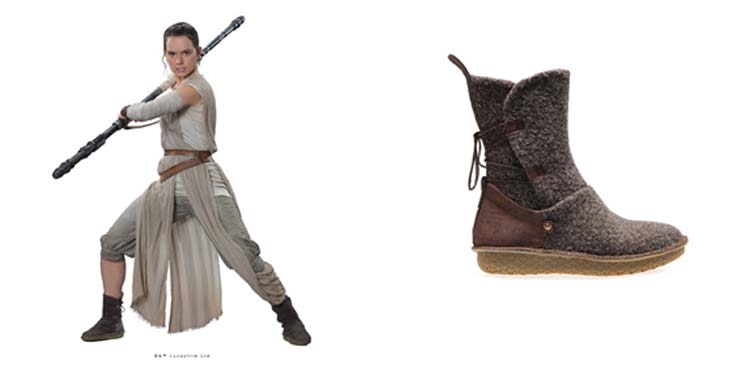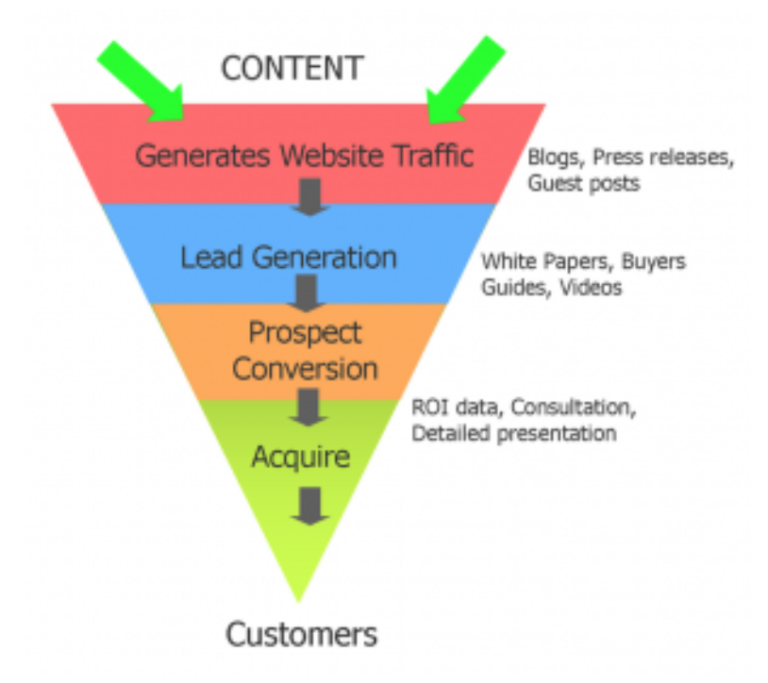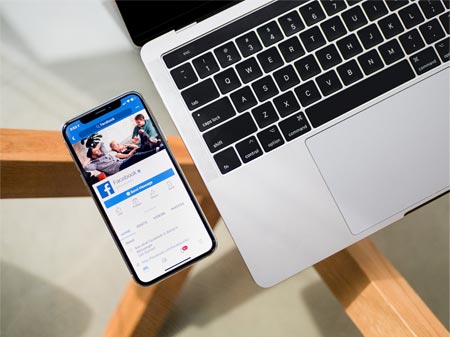

Returns are one of the biggest challenges facing fashion eCommerce stores. In 2019, retail merchandise returned in the United States accounted for $309 billion, and it’s estimated that 15% to 40% of online purchases are returned. As eCommerce continues to grow over the next several years, the amount of returns is estimated to reach “over a trillion dollars a year.”
With delivery fees, restocking expenses and inventory losses, a high number of returns can be a serious threat to an eCommerce business. That’s why it’s so important to do everything you can to minimize them. And given that accepting returns with little-to-no pain for the customer is now the standard (thanks a lot Amazon and Zappo!), need to figure out a way to handle them without breaking the bank!
Here are six ways that online fashion brands can reduce their product return rates.
Write honest, detailed product descriptions
Well-written product descriptions go a long way in helping to minimize returns. Where possible, describe quirks and features about the fit or fabric, and be upfront about whether an item runs true to size or on the smaller or larger side. If an item is likely to be seriously affected by machine washing or tumble drying, be upfront about this too. Some customers may wish to return an item they didn’t realize is dry-clean or hand-wash only. Be honest about how any products that will change over time, for example, distressed denim that comes with holes that will get larger as it’s worn, or colors that are designed to fade. Don’t leave these things up to the buyer to find out for themselves. Shoppers are increasingly savvy and may already know these things from experience, but neglecting to include this information could cost you your customer’s trust.
Incorporate customer product reviews
You can write all the great product copy in the world, but some shoppers still won’t feel confident until they see what other shoppers have to say. Incorporating customer reviews on your product pages will help your web store gain and build trust. This is important not just for your existing clientele, but for growing it through word of mouth as a reliable brand. What’s more, having customer reviews on your website proves that you stand by your products, and that you value what your customers have to say about them. As we’ve mentioned in a previous blog, reviews also lead to increased engagement, which means more sales. There are numerous tools that provide the functionality required to enable reviews on your web store—check out our recommendations of reviews solutions here. We installed one of them—Yotpo—to generate product reviews for our client Kabayare Fashion.
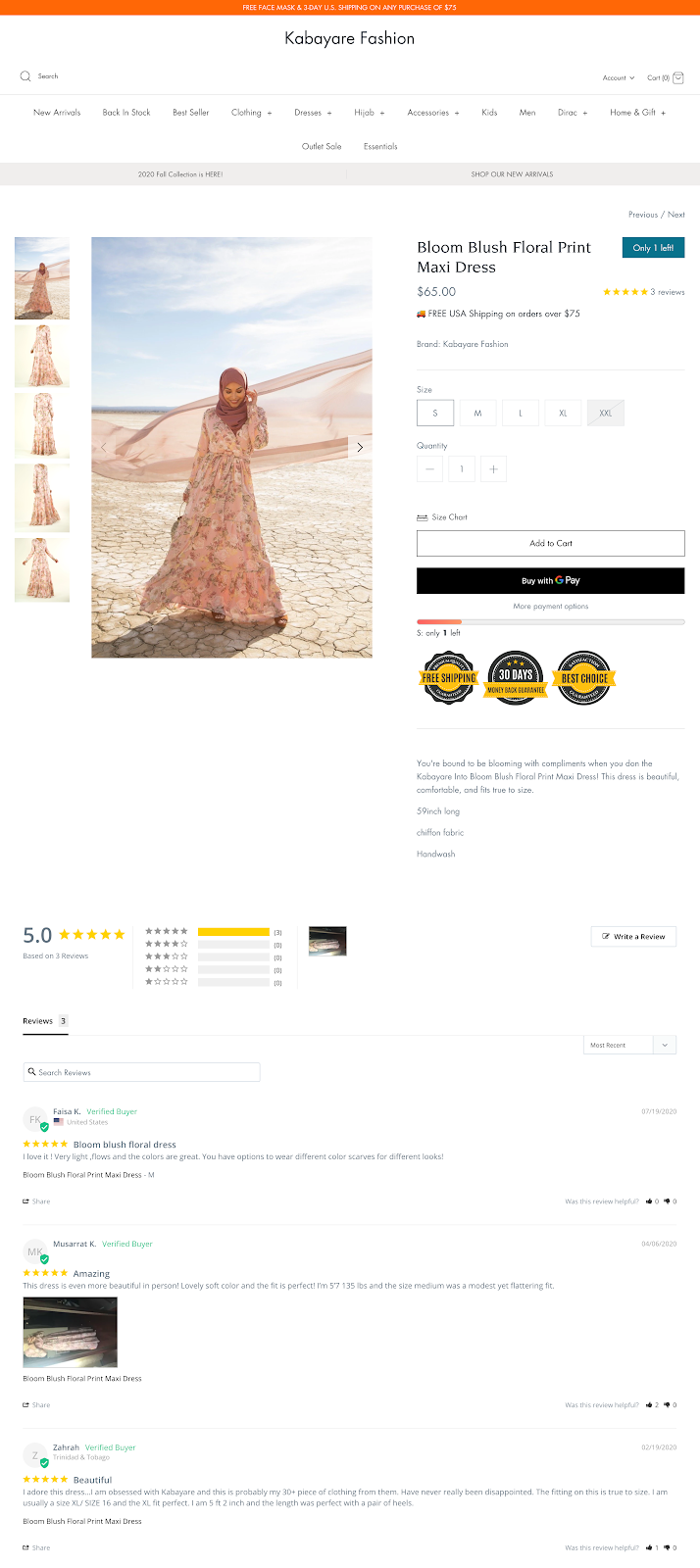

Include detailed size charts
A lot of shoppers tend to over-order because they’re unsure what size they should wear. And with sizes varying wildly brand to brand these days, who can really blame them? That’s why it’s so important to have size charts that provide the individual garment measurements in addition to standard numerical or alphabetical sizes. You can also see it as another way to extend your brand style and voice across interesting graphic elements. Big Bud Press have created illustrated size charts for each of their items, complete with a blurb about the style and fit. It’s particularly helpful in the case of items like jumpsuits, where an inch can make a big difference.
Use very high quality images
If you’re not already investing in a professional photographer, you’ll want to ensure your setup is as close to professional as possible, with a high quality camera, lights and a sweep (or plain white paper backdrop that obscures the horizon line). Good lighting is extremely important, so that customers can discern all of the details of your products. Use photo files big enough that allow viewers to zoom in to see the fabric quality, prints, patterns, stitching and construction. Many larger retailers like Asos are now incorporating modelled videos in addition to static images, which allow viewers to get a really accurate sense of how the clothes move and fit on the body.
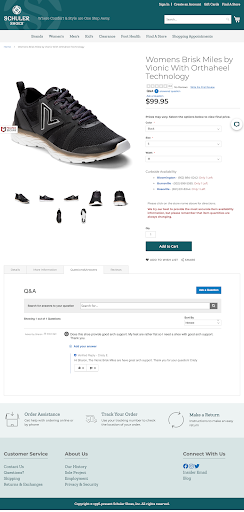

Listen to and utilize feedback on product pages
Pay attention to what your customers are saying in reviews, on social media, and in their reasons for returning items. Incorporate the knowledge and experience customers give you to paint a truer picture of your items. If shoppers are consistently saying colors appear brighter or duller in person, retake your product photos to provide a more accurate representation. If they say that something about the fit or style of the item is different to what they expect—say a pocket runs smaller than usual—include that information. These details can be incorporated into your product descriptions, or included separately as Q&A sections on product pages. You could also have a Testimonials page, as our client Medelita has done.
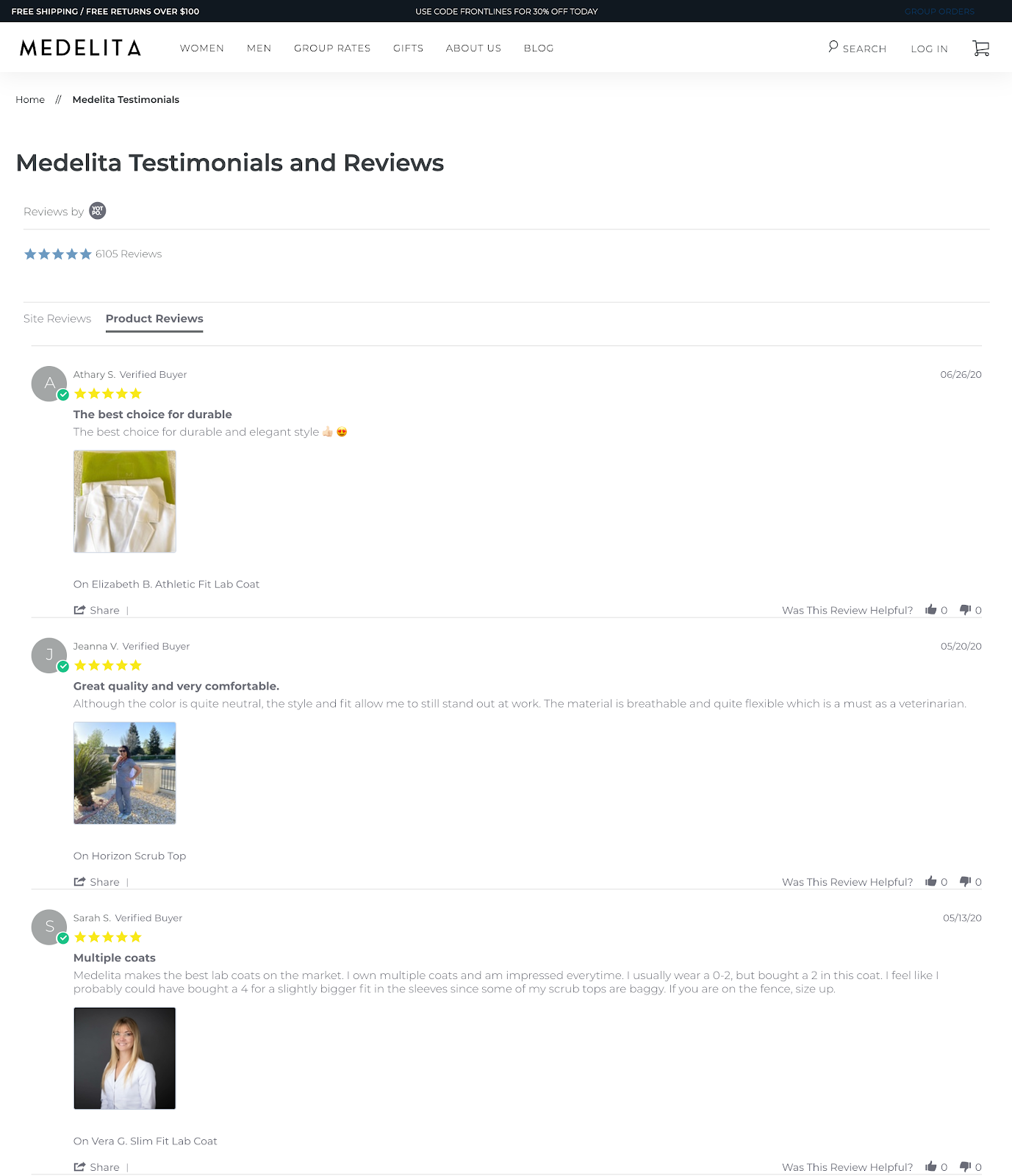

Segment serial returners and exclude them from free returns
Shoppers return items for numerous reasons, including problems with fit, fabric, color or pattern, or simply change of heart. All of this is fine and to be expected, however some stores are finding they have shoppers who repeatedly make returns. Sometimes they order and then return everything, or they deliberately over-order by buying multiple sizes or colors with the intention of returning those that don’t meet their needs.
If your web store is suffering from these serial returners, you’d be wise to segment your audience using a customer relationship management program and establish refund thresholds based on per-order dollar values or number of items ordered. You’re then able to exclude any shoppers who you find are routinely ordering and returning items from obtaining your free shipping offer. You could also try including a note on your product pages like Big Bud Press has with their limited-edition items. They explain that when shoppers buy multiple sizes it’s “incredibly costly” for them as a small business, and that customers who order the wrong size are “free to exchange.” They say they even hold stock aside for this purpose.
Returns are the new normal, but they don’t have to be the huge financial and time burden that many eCommerce websites find them to be. There are smart, customizable platforms available that can help you manage returns, such as Returnly, which is used by brands including Everlane, Outdoor Voices and ThirdLove. As you start to incorporate these and other tips, you may find that you’re processing fewer returns as your customer base grows more confident in your products and empathetic to your cause. Talk to us about implementing these and more tips to minimize your returns.
Get in Touch
Connect with one of our experts today to discuss your eCommerce needs!
Contact Us




